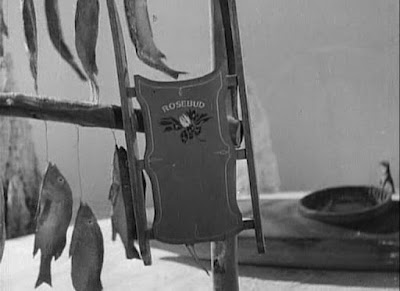Improving Deescalation with Defensive Tactics
Why your DT training is the foundation of deescalation skills
By Heath Jones | Jul 11, 2017 -
(Re-posted from https://www.calibrepress.com)
The last article I wrote was titled “Building the DT Toolbox”
and in it I suggested that when training recruits or novice police
officers, an instructor’s primary focus should be to build their
student’s “toolbox.” I then stated that the toolbox will be the
“foundation upon which everything else will be built.” Notice that I
didn’t state that the defensive toolbox will be the foundation upon
which all other defensive tactics training will be built … No,
it’s the foundation for everything. Many of the issues that police
departments are having can be traced back to the quality of their DT
program.
Deescalation is a hot topic in policing
nowadays. It seems that every time I turn around I hear something about
new deescalation training or strategy for police officers. I don’t know a
single police officer who is not in favor of making any bad situation a
not-so-bad situation. If there was a button that officers could push to
make a suspect willingly comply, trust me when I tell you that every
single officer would gladly push that button on every encounter.
However, no such button exists.
So what do we have?
There are some really good deescalation
techniques that officers are trained on. I personally like Verbal Judo. I
find that I use it on a daily basis with much success. It works for me
but it doesn’t work for everyone. Why is that? Why are other officers
who are using the same technique often not successful in deescalation?
Why are police departments beefing up their department’s deescalation
training only to see it fail?
The answer is simple: You show me a
department whose officers are failing at deescalation and I will show
you a department whose DT program is failing its officers.
If an officer isn’t confident in the
practicality of the defensive tactics that they’ve been taught, nor
confident in their ability in the practical application of said tactics,
this officer will now be operating out of FEAR. Operating out of fear
will guarantee the failure of any other hands-off deescalation tactics
that they have been taught. Said officer may have short-term success
when deescalating bad situations. But it’s only a matter of time before
someone calls their bluff. Hardened criminals can smell the fear and
sense weakness. They can read an officer like a book. I say this from
direct experience.
Let’s focus on worst-case scenario for
now. Picture this: We have an officer who is operating out of fear. The
officer is dealing with a hardened criminal and the criminal has just
called his bluff. The officer has exhausted all efforts for verbal
deescalation. There is now only one route to take for this officer:
ESCALATION.
We see it all the time. The officer’s
deescalation attempts have failed, so he/she now chooses a higher force
option. The officer attempts to go hands-on, but half-heartedly due to
their lack of confidence in their defensive tactics. Now the altercation
is physical and the intensity of the physicality is only escalating.
The officer may end up injured or worse. But, by this stage of the
conflict, if able, the officer may continue their escalation. Now the
officer’s service weapon is drawn, sights on target …
Let’s stop here. We all know what happens next.
Realistic defensive tactics training is
the foundation upon which all deescalation training will be built. This
foundation must be strong in order to support the structure that a
police department is attempting to build.
It’s often forgotten that defensive
tactics is the ultimate deescalation technique. It’s the last line of
defense in preventing an encounter from becoming deadly. The confidence
it houses in a police officer becomes their first line of defense in
making their verbal deescalation tactics successful.
So where do we start?
First, if you haven’t already, please take a moment read my previous column. Next, start applying its principles!
Once you’ve done your inventory and have
your DT toolbox in place, drill your recruits/officers repeatedly on
each of your techniques. When devising your high-stress drills, start
with the worst-case scenario drill where the end result is deadly force.
Once your students have mastered that, begin to add deescalation to
your drills.
For example, at the end of the technique,
when your attacker is no longer fighting and it’s safe to do so, have
the students disengage from the attacker and create space. From there,
have them draw their weapons and begin giving verbal commands to the
attacker. Once they have mastered that, devise a drill that has the
student create space and draw their tasers or other less-than-lethal
options with verbal commands. Once they have mastered that, have the
students transition from fighting to control holds and take downs, and
then onto handcuffing.
Start with the worst-case scenario and
work backward, slowly adding less aggressive forms of deescalation to
the drills. Once your officers have mastered these steps, now it’s time
to focus on communication skills and other “hands off” deescalation
techniques.
Thank you for what you do, and I hope this helps.
Written by Heath Jones :
Heath Jones is a 5-year police officer in Austin, Texas. He has been a Krav Maga Defensive Tactics instructor for the last 12 years, training police and military worldwide. Jones is currently assigned to patrol.



Comments
Post a Comment